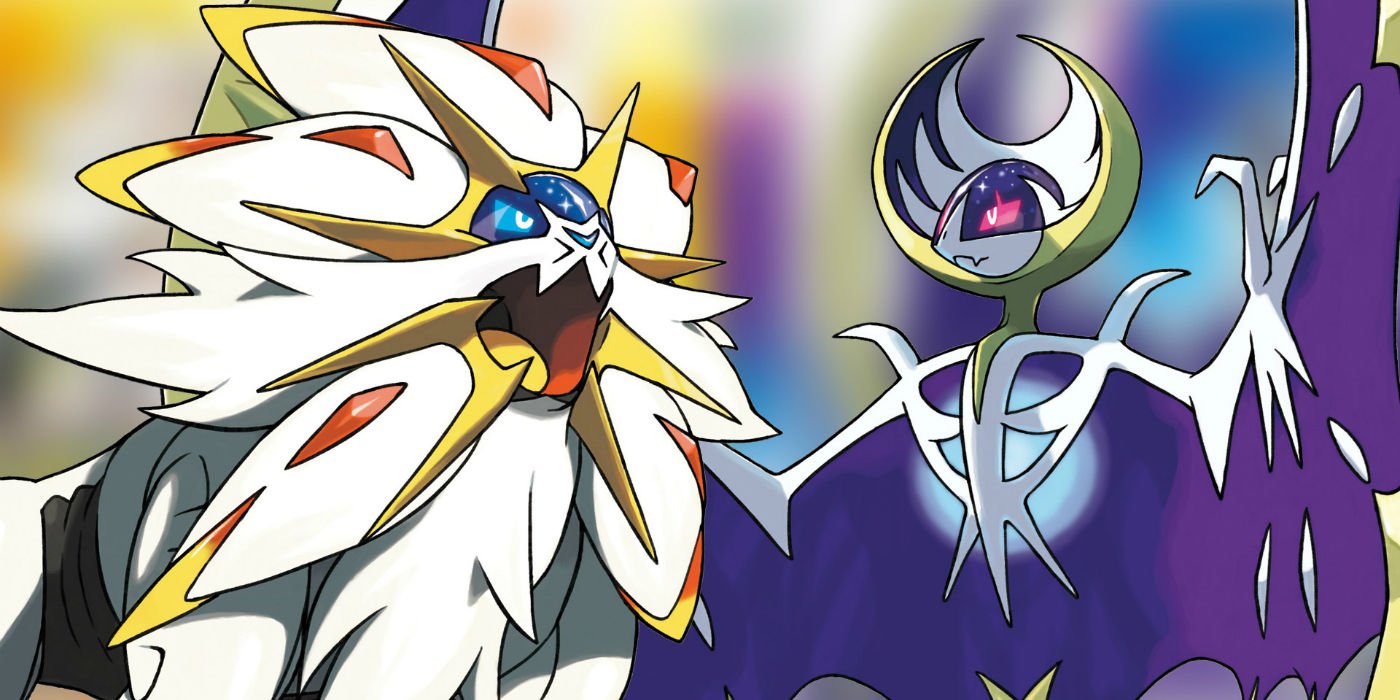Review: ‘Pokémon Sun & Moon’

Luke Silvers ’20 / Emertainment Monthly Staff Writer
Pokémon is a game that evolves while following a formula. While each new generation introduces a new setting, new monsters, and a new cast of quirky characters, a lot of things have always stayed the same between every game: you fight eight gyms with six Pokémon with four moves each. It’s been that way since 1996. However, Pokémon Sun & Moon change this formula for the first time ever in a Pokémon game, replacing gyms with a new challenge and giving your team access to new Z-moves, extra-powerful attacks that can only be used once a battle. Even some of the older Pokémon that veteran trainers have come to love are not how we left them in X and Y, as Sun and Moon’s Alola region introduces new variants of a number of Generation 1 monsters.

These changes don’t come as a shock to players that have kept up with the game’s YouTube channel, though. The barrage of videos showcasing these new mechanics leading up to the release of Pokémon Sun & Moon made a good amount of dedicated fans of the series more than a little anxious. While Game Freak has introduced innovative new concepts like Mega Evolution in the past to considerably positive reception, they’ve done so one game at a time, not overloading long-time fans. So, do these changes help revitalize the franchise? Do Sun & Moon even feel like Pokémon games?
Plotwise, Sun & Moon definitely still feel like the Pokémon games we know and love. You play as an eleven-year old boy or girl that has just moved with your mother and pet Meowth to Alola, the Pokémon world’s equivalent of Hawaii. It is your mission to complete the island challenge, a series of type-based trials similar to the gyms of old over the four islands of the region. In doing so, you are accompanied by a number of characters in familiar roles: Professor Kukui, a researcher of Pokémon moves, your rival and friend Hau, who enjoys battling almost as much as he enjoys eating, and the mysterious Lillie, a pacifist with a murky past and a shaking duffel bag. They are all fun and fleshed-out characters, with their own motivations and their own secrets to keep.

While Sun & Moon were expected to feel radically different from their predecessors before release, the game feels more like an homage to the original Red & Blue than anything else. The regional variants of Generation 1 Pokémon feel less like pointless reskins and more like creative reimaginings, and the game puts the same spotlight on the made-over old-timers that it does on its new creatures. However, the largest return to the style of Red & Blue is Sun & Moon’s band of misfit antagonists, the aptly-named Team Skull. Team Skull is a refreshing change from recent enemy factions: instead of wanting to flood the entire world or trying to liberate every single trainer’s Pokémon, all Team Skull wants to do is cause mayhem and make some serious coin while doing so. The mischievous gang is reminiscent of Team Rocket, and interactions with grunts feel like many of Ash’s experiences with the infamous Jessie and James in the Pokémon TV show. Team Skull’s success as an enemy team is can be credited almost entirely to the writers of Sun & Moon, who have gifted fans with dialogue that is not only coherent and enjoyable but also the funniest in the franchise’s history. Whether it’s in the form of a Team Skull grunt’s badly improvised rhyming rants or self-aware jabs from NPCs at the Pokémon franchise as a whole, Sun & Moon have an unprecedented level of hilarity. Even the cutscenes seem to have perfect comedic timing!
While good writing is an obvious asset in support of the success of Sun & Moon as a Pokémon game, much of what makes it a sleeker game than others in the series is more subtle. Sun & Moon acknowledges the problems that fans have had with previous iterations of the franchise, and has generously added features accordingly. The ever-irritating HMs are now a thing of the past, as tough terrain is now navigated with a Ride Pager, a device that summons outside Pokémon to help you get where you need to go. You can add a newly caught Pokémon to your party of six by sending a different one back, eliminating otherwise needless trips to the PC, which is also even more streamlined. Sun & Moon even feel more immersive too; now you can see your opponent behind their Pokémon during a battle, and NPCs even use many of the different versions of Poké Ball available, not just the typical red and white ones. It’s the subtle things that make Sun & Moon a worthwhile game. After all, less time fussing around with boxes and movesets means more time for catching, battling, and exploring.

Pokémon Sun & Moon provide a gaming experience that anyone can enjoy. The story and design make for a fun standalone gaming experience for newcomers, and the powerful new creatures and added strategy of Z-moves make it a unique and worthwhile experience for veterans of the series. Come for the new Pokémon and the promise of new and exciting adventures and stay for the story, humor, and most importantly, fun.